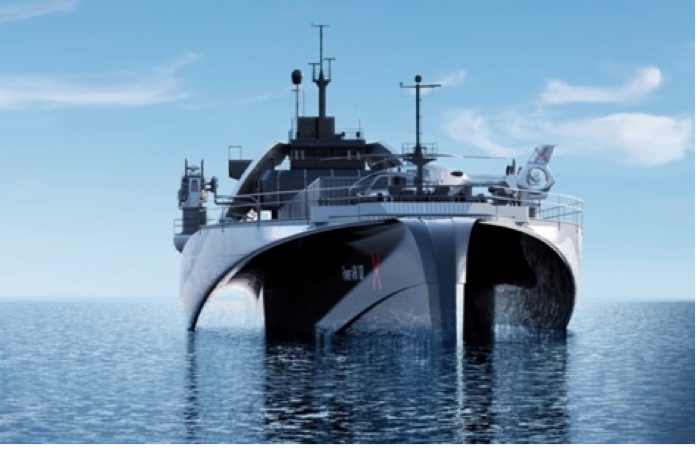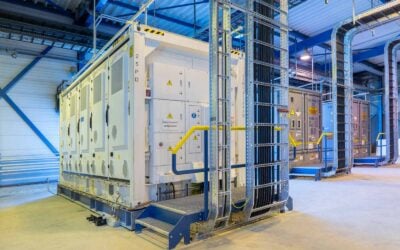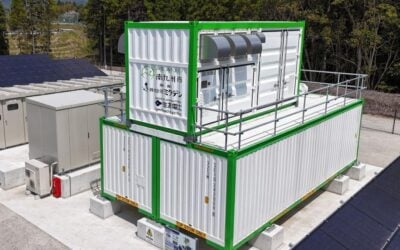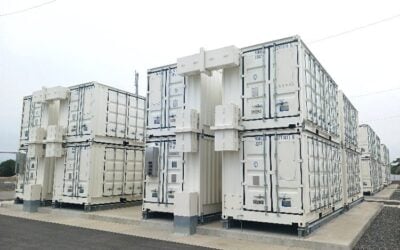
Development has begun in Japan of a marine battery storage vessel that would be charged at sea from offshore wind and then carry the power back to land.
Startup PowerX has come up with the concept of the Power ARK, a so-called ‘power transfer vessel’. The company said last week that it has formed a partnership with shipbuilding company Imabari Shipbuilding to develop a prototype by the end of 2025.
Enjoy 12 months of exclusive analysis
- Regular insight and analysis of the industry’s biggest developments
- In-depth interviews with the industry’s leading figures
- Annual digital subscription to the PV Tech Power journal
- Discounts on Solar Media’s portfolio of events, in-person and virtual
The idea is to replace the fuel-carrying ships of today which import fossil fuels to Japan and elsewhere and facilitating the uptake of renewable energy. According to 2019 statistics from Japan’s Agency for Natural Resources and Energy, almost 85% of the country’s power was generated from carbon-based fuels imported by sea.
The futuristic Power ARK electric container ship will host 220MWh of nameplate battery capacity with the vessel itself powered by a combination of electricity and biodiesel.
The collaboration with Imabari Shipbuilding, one of Japan’s two largest shipbuilding companies, became effective on 2 December. Described as a capital and business alliance agreement, Imabari has invested ¥1 billion (US$8.86 million) into PowerX.
The pair will build the prototype together with any necessary third-parties. The startup will manufacture the battery storage system and battery-related systems.
PowerX was incorporated earlier this year under the leadership of tech entrepreneur Masahiro Ito and counts Northvolt co-founder and COO Paolo Cerruti among its external directors.
The company also intends to build its own automated gigafactory to assemble batteries in Japan from outsourced battery cells. Annual production capacity of 1GWh is being targeted by 2024, for ramping up to 5GWh by 2028. Battery systems produced there will serve the marine, EV fast charge and grid-scale storage markets.
“The realisation of a decarbonised society is a major issue that the shipbuilding and shipping industries must tackle,” Imabari Shipbuilding’s president Yukito Higaki said.
“We see this alliance as an excellent opportunity for Imabari Shipbuilding to invest in as well as partner up with PowerX, who is taking on the challenge with a different approach from the existing shipbuilding and shipping industries.”
“Through this alliance, we aim to jointly develop and introduce “Power ARK” to the world as a “MADE in JAPAN” product with Imabari Shipbulding,” PowerX CEO and representative director Masahiro Ito said.






